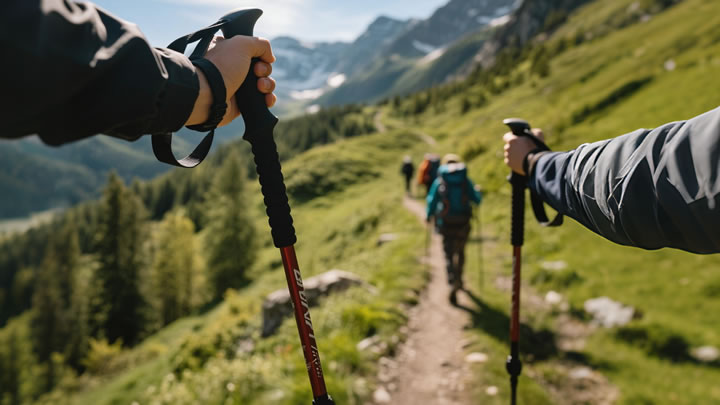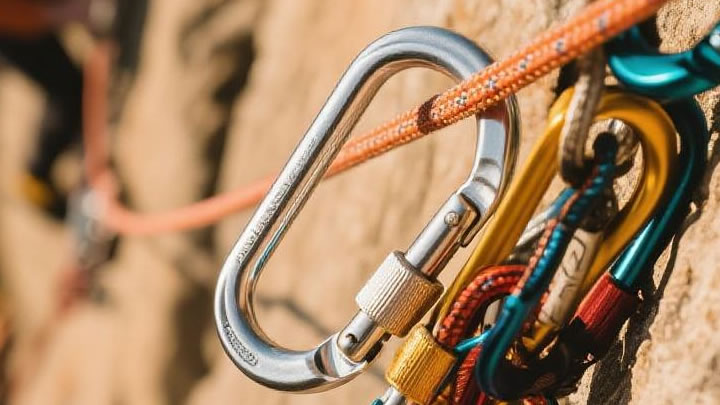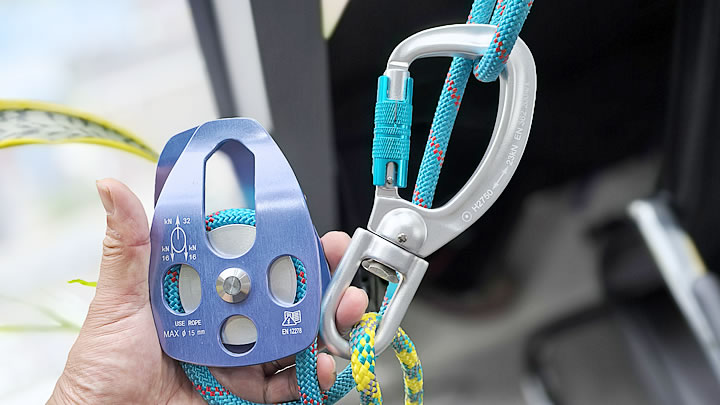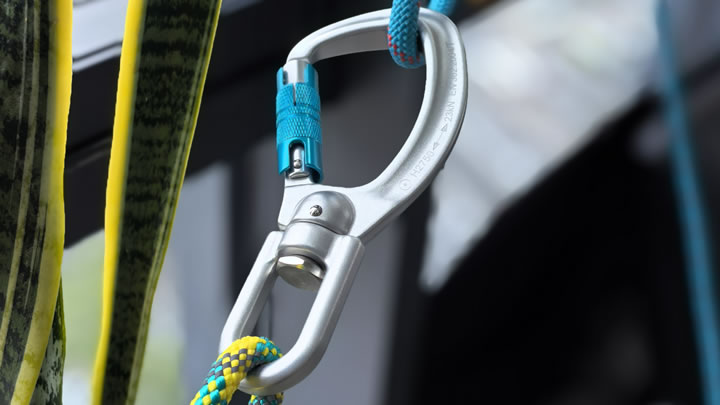How to Test if a Hammock is Hung Correctly (Stability Check)
Hammocks offer a unique and relaxing way to unwind, whether in your backyard, on a camping trip, or even indoors. However, ensuring the hammock is hung correctly is of utmost importance for both comfort and safety. A poorly hung hammock can lead to an uncomfortable experience at best and serious injury at worst. This article will guide you through a comprehensive stability check to verify that your hammock is hung correctly.

Initial Inspection
Before even attempting to hang the hammock, it's crucial to inspect all components. Check the hammock fabric for any signs of wear, tears, or fraying. Even a small hole or weak spot could potentially expand under your weight and cause the hammock to fail. Next, examine the ropes, straps, or chains used for hanging. They should be free of kinks, cuts, and excessive stretching. If you notice any issues with the hammock or its hanging apparatus, it's best to replace the damaged parts before proceeding.
Selecting the Right Location
The location where you hang your hammock plays a significant role in its stability. When choosing trees as anchor points, make sure they are healthy, mature, and have a diameter of at least 10 - 12 inches. Avoid using dead trees, as they may not be able to support the weight. If using a hammock stand, ensure it is designed for the type of hammock you have and is assembled correctly. The stand should be placed on a flat, stable surface to prevent tipping.
Hanging Angle and Height
The angle at which the hammock is hung is crucial for stability and comfort. The ideal hanging angle is approximately 30 degrees from the horizontal. This angle allows the hammock to form a natural curve that conforms to the shape of your body, distributing your weight evenly. To measure the angle, you can use a smartphone app with a built - in clinometer or a simple protractor. As for height, the hammock should be hung at a height where your feet are slightly elevated when you lie in it. A general guideline is to have the hammock about 18 - 24 inches off the ground when occupied. This height provides a sense of security and also makes it easier to get in and out of the hammock.
Attachment Points and Fasteners
The attachment points of the hammock must be secure. If using ropes, make sure they are tied with proper knots. Common knots for hammock hanging include the bowline knot, which is easy to tie and untie and holds well under load, and the taut - line hitch, which allows for easy adjustment of the rope length. When using straps or chains, ensure they are fastened tightly to the anchor points. Check that the fasteners, such as carabiners or hooks, are rated for the weight of the hammock and its occupants. They should be free of rust, cracks, or other signs of damage.
Conducting the Stability Test
Once the hammock is hung, it's time to test its stability. First, gently shake the hammock from the side. It should move smoothly and evenly without any sudden jerks or excessive swaying. Pay attention to the attachment points; they should not show any signs of loosening or shifting. Next, sit on the edge of the hammock. Notice if it feels stable or if there is a sense of tipping or sagging. Then, gradually lie down in the hammock, shifting your weight around as you would during normal use. The hammock should support your body without any part of it coming dangerously close to the ground or the anchor points moving.
Regular Checks
Even if the hammock passes the initial stability test, it's important to perform regular checks, especially if the hammock is used frequently or exposed to the elements. Check the attachment points and fasteners for any signs of wear or loosening. Examine the fabric of the hammock for new tears or weak spots. If you notice any changes, it's essential to address them immediately to maintain the safety and stability of the hammock.
By following these steps for testing the stability of a hung hammock, you can ensure a safe and enjoyable experience every time you use it. Remember, safety should always be the top priority when it comes to hammock use, and a little bit of pre - use inspection can go a long way in preventing accidents.






